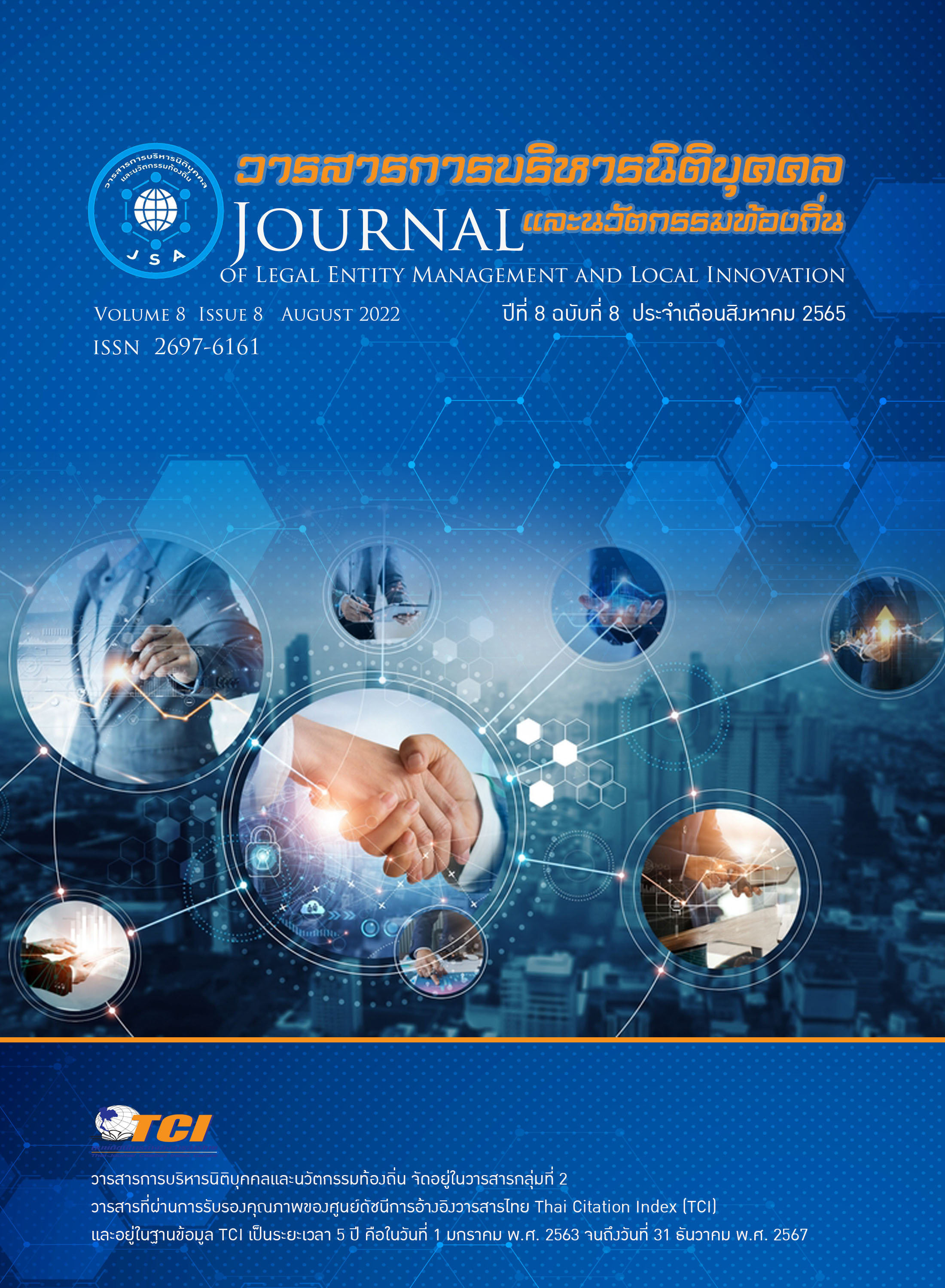A Tourism Route Development of the Tai Lom Community-Based Tourism of Wai Sub-districts, Lomsak District Phetchabun Province
Keywords:
Behaviors, Thai Tourists, Tai Lom CommunitiesAbstract
The current study aimed to 1. develop the community-based tourism products on both creativity and value of histories, cultures, and community identities of Wai and Tiew villages, Lomsak district, Phetchabun province, 2. strengthen the community potential as a community-based tourism model in a regional network, 3. analyze and develop the self-reliant and sustainable marketing channels for the community-based tourism model to various target tourists, and 4. develop the public relations and research system management of Phetchabun Rajabhat University with the communities. The population consisted of civil, state, and private sectors. The sample size was 383 subjects which were determined according to the Krejcie and Morgan Table. There were 6 types of the research instruments including 1) a paper questionnaire on the base line data, 2) a paper questionnaire on tourists’ behaviors, 3) a community-based tourism standard evaluation form according to the 5-aspect tool, 4) a community potential evaluation form according to Business Canvas Model, 5) an in-depth interview, and 6) a focus group. The data analysis was processed through percentage and standard deviation. The results were found that 1) the community-based tourism product on both creativity and value of histories, cultures, and community identities of Wai and Tiew villages was the village woman’s hand-woven tubeskirts (phasin) with the red waistband and the draped hem, 2) the majority of the respondents according to the base line data were 208 males (54.31%) and 175 females (45.69%), 3) the Thai tourists’ behaviors were found that 50.3% of the majority visited the first time, 48% visited for relaxation, 23.3% realized the Tai Lom identities, 48% used the online society to seek the information, 70% traveled by private vehicle, 75% spent one-day trip, 62.3% traveled at the weekend, 87% spent 3,000 baht per trip, 50.3% came with the family, 76.7% intended to make an own travel program, 33.7% preferred learning culture, way of life, local wisdom through activities, 41% decided buying local products because of the community identities, 55.7% used private vehicles during the trip in the communities, 36% preferred staying at resorts in or near the communities, 36% preferring local food, 28.3% used a search engine to find tourism information, 37.7% use digital media for travelling and to make a travel plan, 38.3% requires the tourism information about tourist sites, 49.7% preferred the digital contents presented through video clips. 4)the overall level of the community-based tourism standard was good, and 5) the community potential was well-prepared to enhance their tourism leaders in terms of promoting various forms of tourism information to tourists from other provinces. According to the in-depth interview and the group discussion, the tourists’ favorite products indicating the local wisdom, creativity and identity were the village woman’s hand-woven tubeskirts (phasin) with the red waistband and the draped hem, a shawl, a kitbag, a handbag, a keyring, a hair rubber band, and Champak flowered hand-woven cloth.


